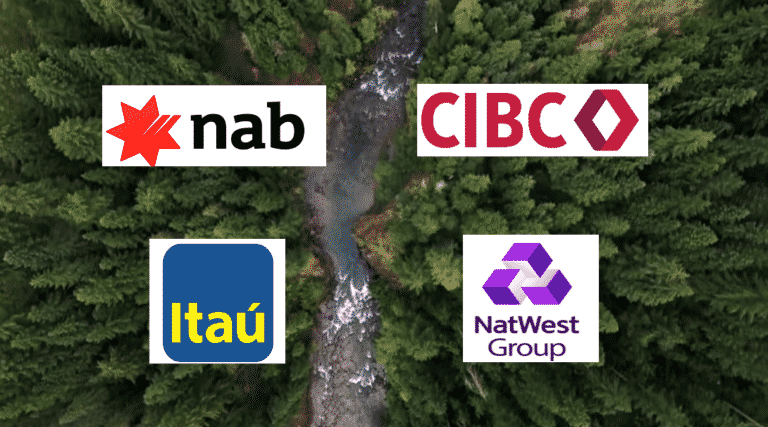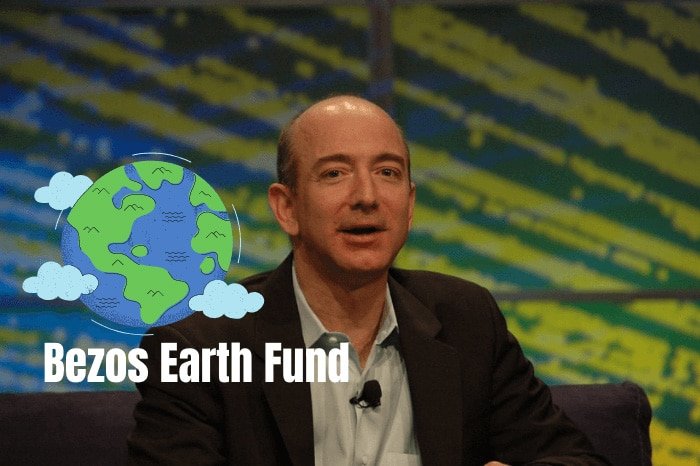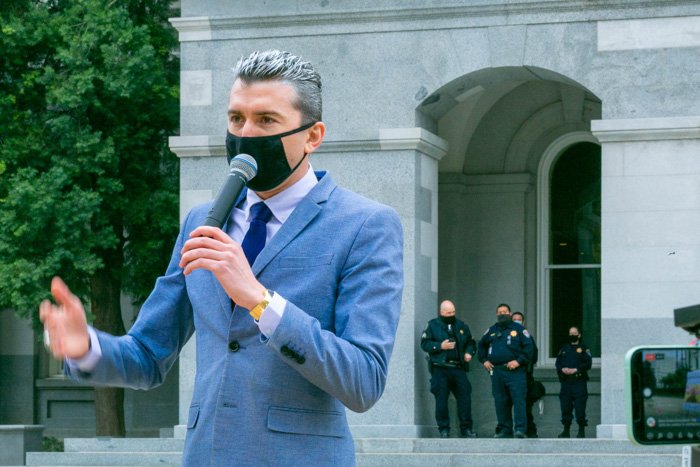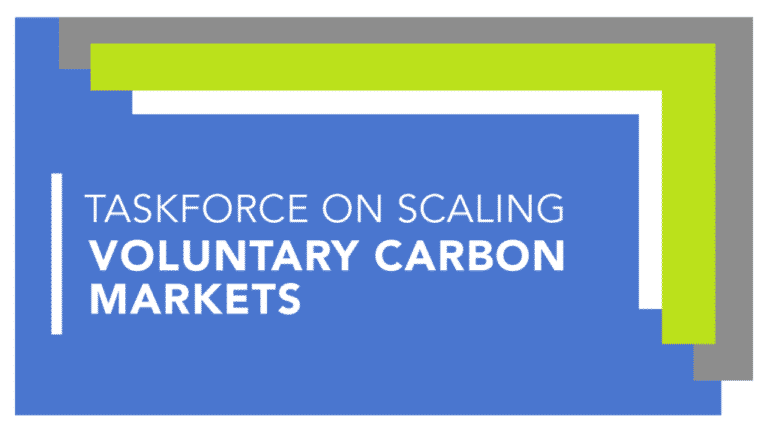“Project Carbon” announced its first trade between the Nature Conservancy of Canada and the UK’s NatWest Group.
The sale included voluntary carbon credits issued by Verra. Verra is currently managing the leading global program to verify greenhouse gas emission reduction projects.
Project Carbon was set up in July between CIBC, Itaú Unibanco, National Australia Bank, and NatWest Group to grow the voluntary carbon credit industry through transparent, consistent pricing and standards.
The overall goal of the project is:
- Increased delivery of high-quality carbon offset projects
- Create a liquid carbon credit marketplace with price certainty and transparency
- Develop a strong ecosystem to support the offset market
- Create tools to help clients manage climate risk
Critics of the voluntary carbon credit industry say without consistency in pricing and standards, the carbon market will fail to deliver on its promises. Since the carbon market provides endless opportunities to improve the environment and drive economic development, efforts such as Project Carbon, can alleviate critic concerns and ensure its success.
Catherine Grenier, President and CEO of the Nature Conservancy of Canada, said that “Nature is our ally in the face of climate change challenges. The Nature Conservancy of Canada’s world-class Darkwoods Forest Carbon project taps the power and potential of private investment to meet our conservation and carbon reduction objectives. We are excited to be part of Project Carbon’s pilot trade, to join in driving advances in nature-based solutions through innovation.”
According to Harry Culham, Senior Executive Vice-President and Group Head of CIBC Capital Markets, “CIBC remains committed to enabling our clients to achieve their climate-related goals through commercial solutions that lead to tangible progress. Investments in technology and innovation are going to be important drivers of a reduction in GHG emissions. Project Carbon is one example of opportunities to unlock the potential of carbon removal, and we will continue to play an active role in helping this sector to grow.”
CIBC is a leading financial institution in North America with over 10 million clients. Their objective is net-zero emissions by 2050, with a sustainable finance target of $300 billion by 2030.
Experts believe the global carbon market can reach $22 trillion by 2050. With prices and interest surging to record levels this year alone, it will be interesting to see how Project Carbon impacts the industry for the better.










